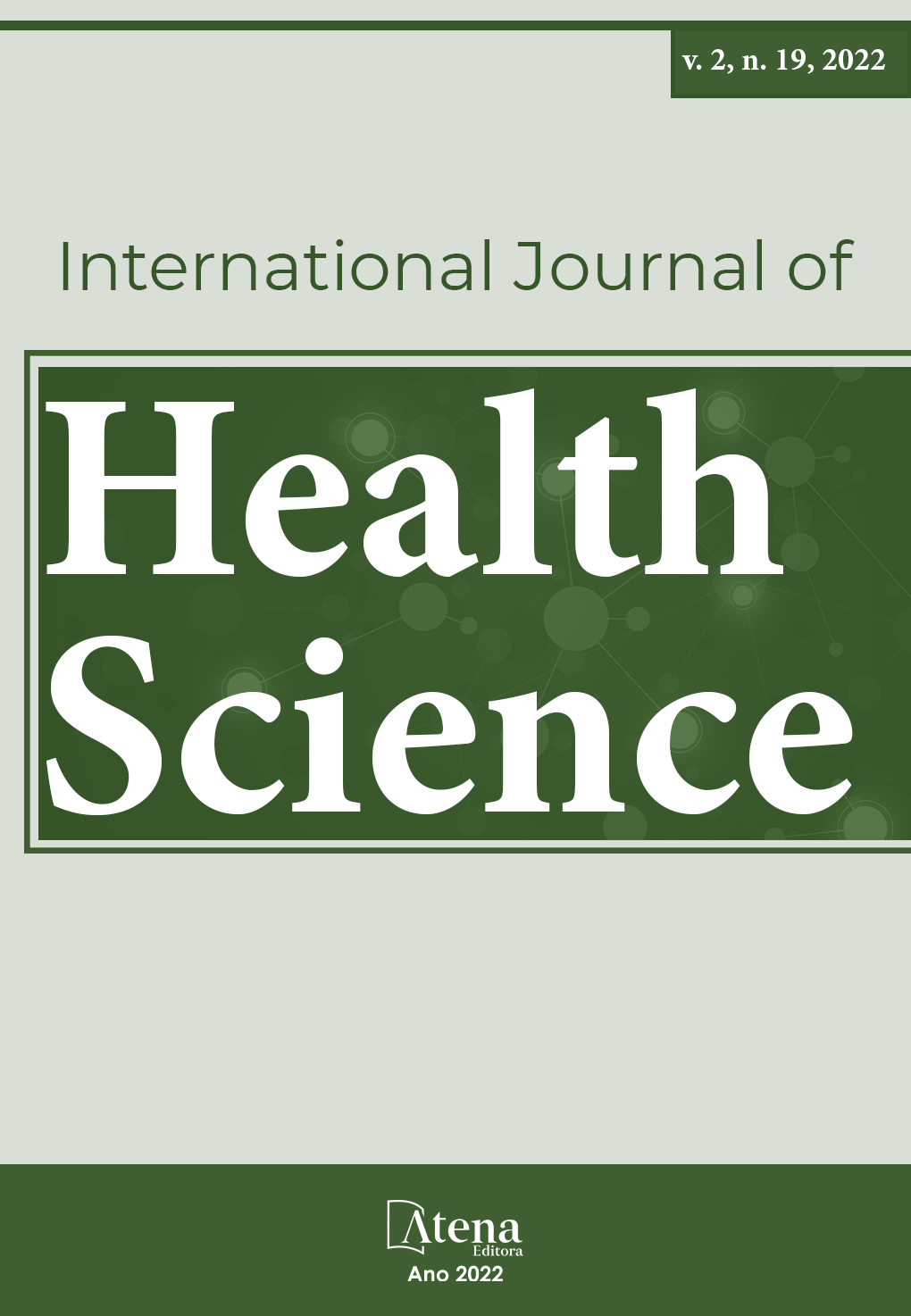
USE OF BETATHERAPY IN THE TREATMENT OF KELOIDS
INTRODUCTION: The healing mechanisms occur in multiple, simultaneous and coordinated ways. When there is an imbalance between the synthesis of the new matrix and the lysis of the old matrix, there is the possibility of keloid formation. Because it is a genetically based disease with diverse pathophysiology, treatment is complex and challenging for medicine. The options currently available range from surgical to topical treatments. However, elucidating the factors involved in the pathology to improve individual therapy is still necessary. Therefore, the objective is to develop an integrative review of the scientific production on the effectiveness of using betatherapy in the treatment of keloids. METHODOLOGY: The selection of articles was carried out through several databases, namely: Scielo, Google Scholar, PubMed and Lilacs. The inclusion criteria for the defined articles were: articles published in Portuguese, English and Spanish, with abstracts available in the selected databases, in the period between 2008-2021. Articles whose approach did not present the use of betatherapy or only mentioned it were excluded. The keywords used were betatherapy, keloid and treatment. The search was carried out through online access, with a total of 41 non-repeated articles and, using the inclusion criteria, the final sample of this integrative review consisted of 7 articles, in addition to those that supported the theoretical foundation and discussion. RESULTS: When analyzing the articles found, 7 met the previously established inclusion criteria. As for the type of research design of the articles evaluated, the following were evident in the sample: two systematic reviews, an epidemiological study and other case reports. Regarding the objective of this review, it was observed in the articles: 4 positive results, 1 result of sub-referral for betatherapy, 1 did not demonstrate superiority between the modalities that use radiotherapy and 1 showed greater effectiveness in the use of beam therapy. electrons. CONCLUSIONS: In this integrative review, the literature converges in encouraging the combination of methods. Regarding the use of betatherapy, 4 of the 7 articles included in the integration concluded, positively, good long-term results, when started in the immediate postoperative period. As for the difficulties pointed out, these were related to cost, application of the method and its adverse effects. Finally, there is still no defined treatment protocol, which points to the need to develop more studies on the subject in question.
USE OF BETATHERAPY IN THE TREATMENT OF KELOIDS
-
DOI: 10.22533/at.ed.1592192208041
-
Palavras-chave: Betatherapy. Keloid. Treatment.
-
Keywords: Betatherapy. Keloid. Treatment.
-
Abstract:
INTRODUCTION: The healing mechanisms occur in multiple, simultaneous and coordinated ways. When there is an imbalance between the synthesis of the new matrix and the lysis of the old matrix, there is the possibility of keloid formation. Because it is a genetically based disease with diverse pathophysiology, treatment is complex and challenging for medicine. The options currently available range from surgical to topical treatments. However, elucidating the factors involved in the pathology to improve individual therapy is still necessary. Therefore, the objective is to develop an integrative review of the scientific production on the effectiveness of using betatherapy in the treatment of keloids. METHODOLOGY: The selection of articles was carried out through several databases, namely: Scielo, Google Scholar, PubMed and Lilacs. The inclusion criteria for the defined articles were: articles published in Portuguese, English and Spanish, with abstracts available in the selected databases, in the period between 2008-2021. Articles whose approach did not present the use of betatherapy or only mentioned it were excluded. The keywords used were betatherapy, keloid and treatment. The search was carried out through online access, with a total of 41 non-repeated articles and, using the inclusion criteria, the final sample of this integrative review consisted of 7 articles, in addition to those that supported the theoretical foundation and discussion. RESULTS: When analyzing the articles found, 7 met the previously established inclusion criteria. As for the type of research design of the articles evaluated, the following were evident in the sample: two systematic reviews, an epidemiological study and other case reports. Regarding the objective of this review, it was observed in the articles: 4 positive results, 1 result of sub-referral for betatherapy, 1 did not demonstrate superiority between the modalities that use radiotherapy and 1 showed greater effectiveness in the use of beam therapy. electrons. CONCLUSIONS: In this integrative review, the literature converges in encouraging the combination of methods. Regarding the use of betatherapy, 4 of the 7 articles included in the integration concluded, positively, good long-term results, when started in the immediate postoperative period. As for the difficulties pointed out, these were related to cost, application of the method and its adverse effects. Finally, there is still no defined treatment protocol, which points to the need to develop more studies on the subject in question.
-
Número de páginas: 10
- Débora Silva Pereira
- Luana Dias Xavier
- Gabriela Menezes Gonçalves de Brito
- Larissa Garcez de Oliveira
- Rafaella Santana Andrade
- Ana Carolina Matiotti Mendonça
- Matheus Vieira de Moraes
- Lorena dos Santos Blinofi Cruz
- Rebecca Schuster Dorea Leite
- Nathan Correia Freire
- Bruno Barreto Cintra
- Matheus Santana de Oliveira


